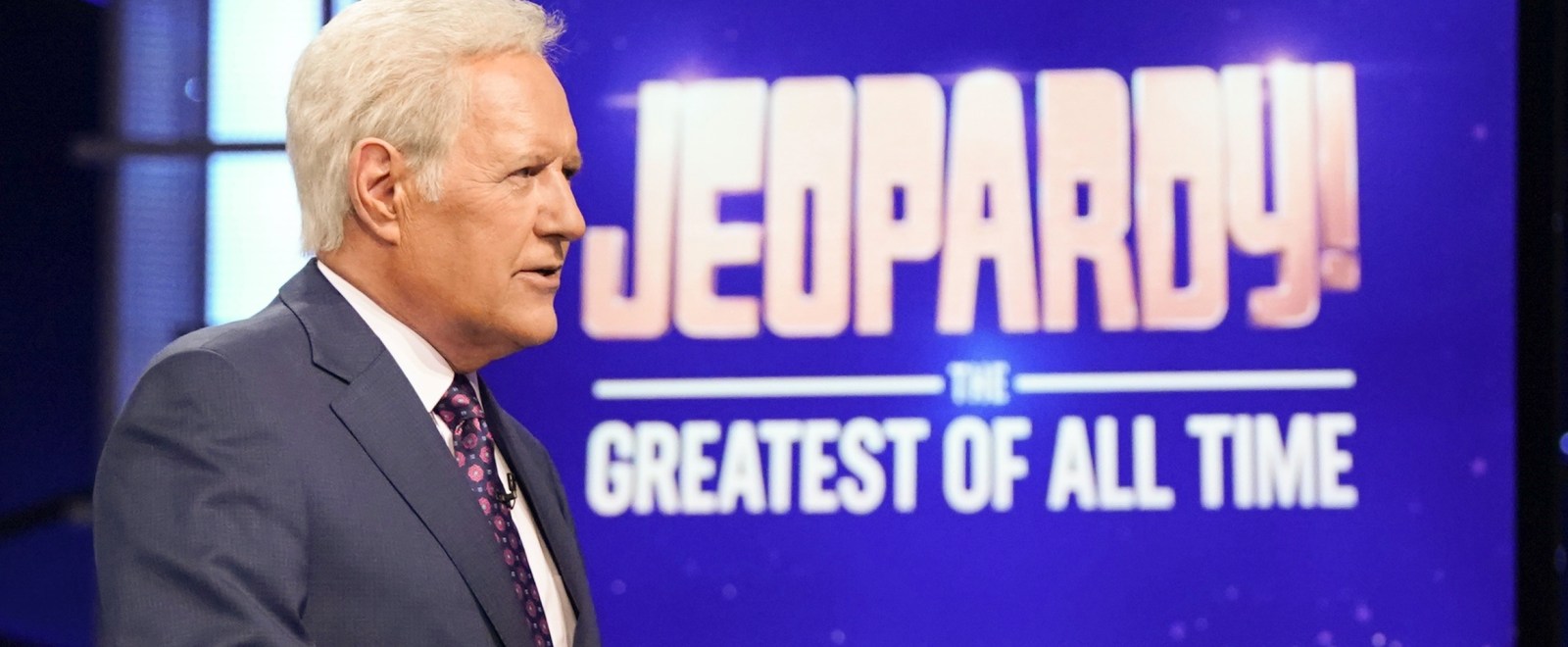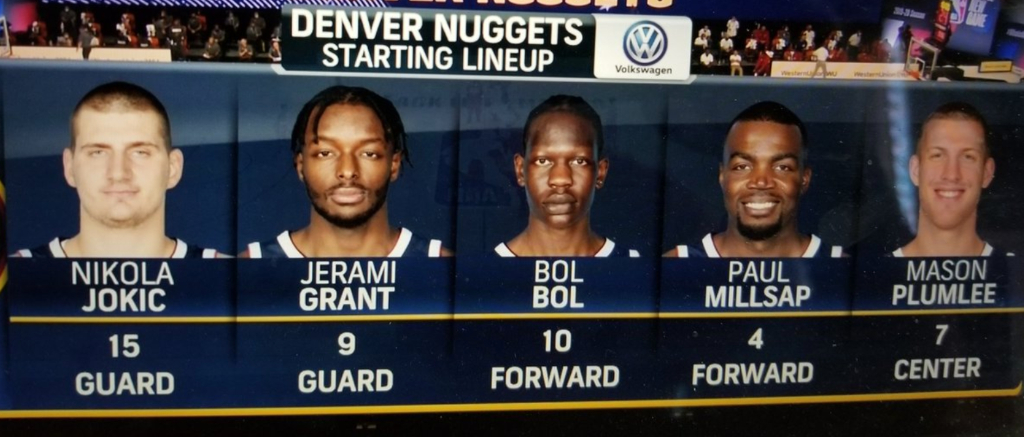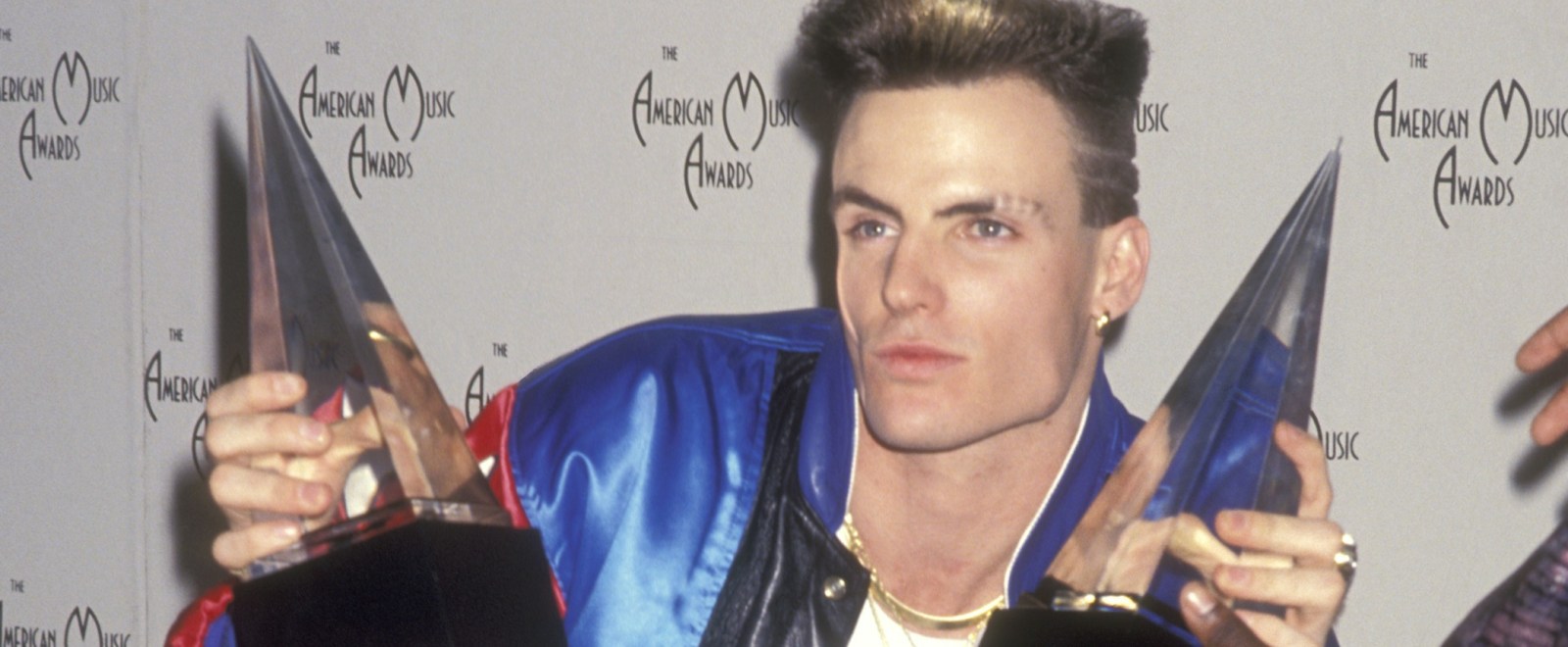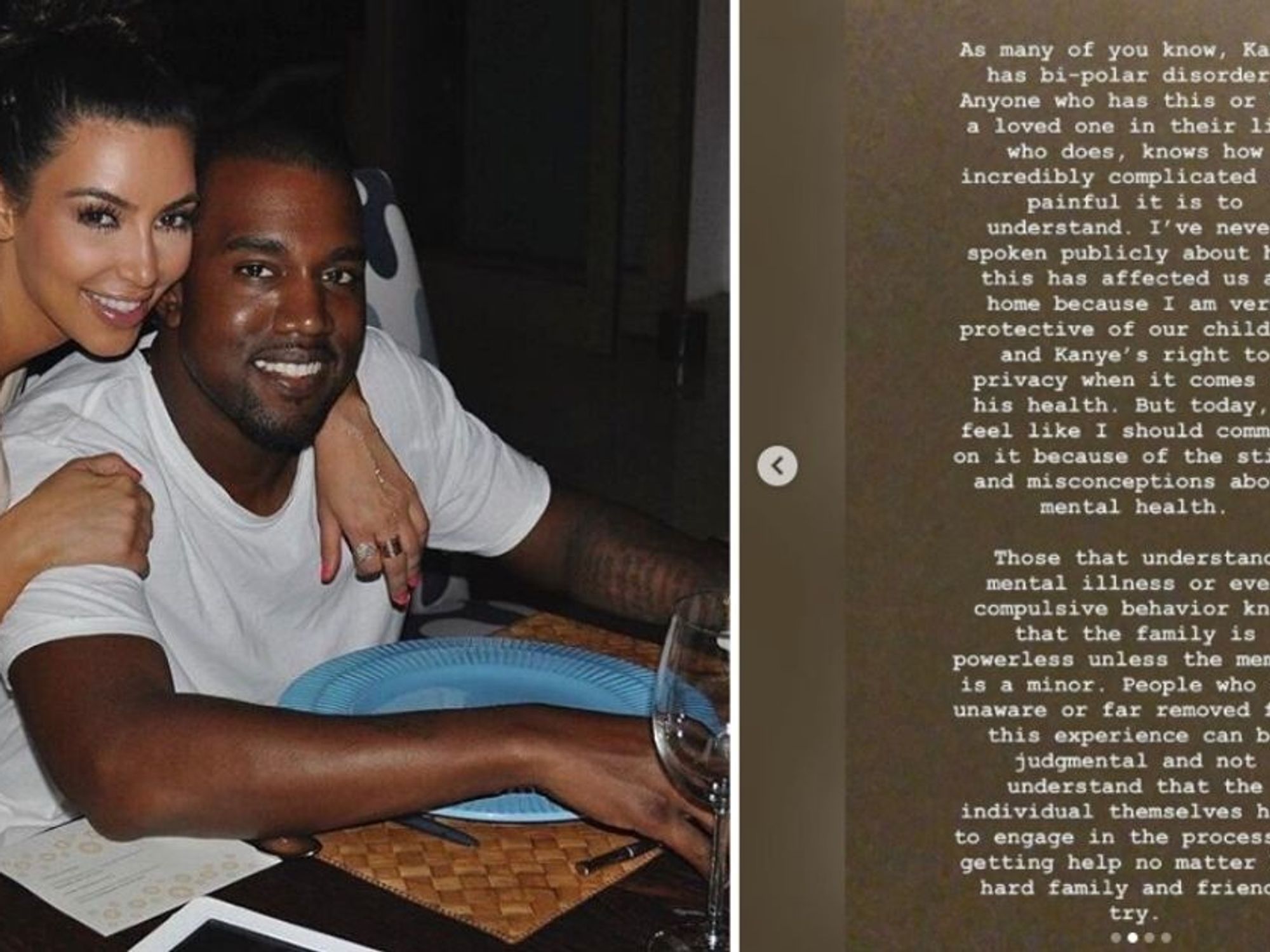Corporate begins its third season and final on Comedy Central this week, and if it has slid somewhat under the radar, that’s arguably because it doesn’t look like anything else on TV. Of the most popular comedies of the past 10-15 years, most carry the obvious whiff of their spiritual forebears.
30 Rock had the stars of SNL, Parks and Rec had The Office, The Office had the British Office, Workaholics had It’s Always Sunny, and so forth. Corporate has two relatively unknown comedians (Jake Weisman and Matt Ingbretson) starring alongside a cast of other fresh faces and a stunt-cast Lance Reddick (Cedric Daniels from The Wire) in a deliberately drab set for meticulously un-hijinxy storylines. It’s hard to imagine the pitch deck. That it doesn’t obviously scream “watch me” is both Corporate‘s artistic strength and what would seem to make it a tough sell.
“I believe the silly pitch was American Psycho meets Office Space,” Weisman (Corporate actor, writer, co-creator) told me when we spoke this week. “I think it was mostly crazy movies that we were trying to emulate. It’s hard to get people to tune back in and in for office comedies that will make you want to kill yourself. A movie, there’s a different audience for that and there’s a different way that that’s taken in. We were just trying to make mini movies.”
Weisman’s dark sensibility is a big part of why Corporate works. He has that combination of personal sweetness and general skepticism towards humanity as a whole that I tend to value in friends and acquaintances. I think I first became aware of Weisman seven or eight years ago, when a video of him wrestling a drunk heckler onstage at a comedy festival went viral after a bag of cocaine fell out of the heckler’s pocket. It takes a certain kind of detached amusement with the human condition to give an antagonist a platform like that, not to mention the self-assuredness that it will work out badly for him. That sensibility suffuses Corporate, getting deep into the weeds of our collective foibles for the purposes of bringing out our most absurd, be it corporate culture, fan culture, or general manic loneliness.
I spoke to Weisman this week (not for the first time) about the challenges of TV in the age of COVID, dedicating the first episode to Richard Bain, and having to navigate the corporate rules of putting out a show about corporate rules.
—
So when did you guys finish shooting?
We finished shooting in, I think, mid-February so we got in just before COVID hit. Complete dumb luck. And then we edited for a few weeks together, but then COVID hit so we edited remotely and it took a really long time. Actually, we finished the lock cut a while ago, but then in order to mix it and do everything, honestly, we finished the last one just in the last week, so it’s been crazy.
How did the quarantine impact the editing process?
Well, basically how we normally edit is we go into a room and then we just stay there all day long and weekends too and just lose our minds, Jack Nicholson in The Shining style. Just trying every single cue, trying every single sound effect, trying every potential iteration of a scene, shaving seconds, shaving frames, trying to get music cues approved and all that. It’s intense, and we’re all there, and it’s pretty much the same. That all just takes longer because we’re so into the minutiae of it. Normally, you could test 20 different queues at once if you’re all there, because you can just play it for each other. But if you’re doing it remotely, then you have to just settle for one chance a day. It just takes longer because we’re not going to agree until it’s all there, but you don’t have as much freedom in the choices you’re making, and you have to be much more specific and clear in your notes because you’re not with the person.
The show is sort of based around the idea of having to go to a sh*tty office every day. Do you think that’s going to go away at all now? Everybody’s kind of switched to working from home so, I don’t know, is having to go to a sh*tty office… just going to come back again in another two months?
I don’t know if it’ll be another two months, but I tend to believe most humans in this country hate their jobs, so I can’t imagine they’re going to like their jobs just because they’re home. I think what’ll happen is they’ll hate their jobs and being at home. I think it’ll be a different thing, but the same amount of bullsh*t. It’s just going to be disseminated in a different way. I think they’ll just be less productive and maybe get fired or whatever.
Is this show coming along just at the right time then, like maybe people are getting nostalgic about having to go into their sh*tty office and now the show comes out and can remind them how bad that was?
Yes, I think absolutely. I think that they’re having a grass-is-greener situation. I don’t think our show is going to make them want to go back, but they might just want to look at some office sets. I don’t think our show has ever made anyone want to join a corporation, but they might be like, “Oh yeah, I remember a cubicle and how much I hated Tom. He chewed so loud.” But I don’t think that’s going to explode our ratings, I’ll be honest.
The first episode is about fan culture. What’s the connection between corporate culture and fan service in pop culture?
Well, I think we specifically look at it through a streaming lens, and how insane it is that all these big corporations like Amazon are making “art,” just so you’ll buy a toothbrush. I think that that’s incredibly funny. It’s obvious, but also so insane that I can’t believe it’s happening. I just think that the fact that corporations look at artistic endeavors as “content” is just hilarious. They’re always going to figure out a way to commodify artistic expression because they have the most money and they can, and artists need money. I just think that the connection between corporations and art is at this point pretty much a hundred percent in anything that you might be aware of. It’s all being funneled through a corporation of some sort, or a business that is heavily fiscally minded.
Well I guess the old-fogey way to look at that, or the long view, is like, “Oh, well, TV shows were always trying to sell toothbrushes.” What do you think is different now in that relationship?
Well, I don’t think that every company was trying to use art to sell things. They get you on Amazon Prime, and it’s just so they can sell things to you. It’s not for any other reason. There is nothing artistic about it. And they even want [artistic] awards for things just so you’ll subscribe to their Prime, just so you’ll buy stuff. I think it’s just been hyperfocused and sped up, and now all these huge companies are getting streaming sites competing with each other, just to get you to look at their website. To me, it’s just we’re in the future now and it’s absurd. I guess it’s not entirely different, but it is hyperintense and futuristic in a nightmarish way. To me, it makes sense to want to make money for your service, but it’s totally perverted to be desperate to get into the conversation about art when you care nothing about art.
Is that just an extension of us kind of looking at corporations now to do things that they’re not designed for? We’re looking at them to be our providers of art and then there’s this whole move now where abstract corporations are supposed to care about Black Lives Matter and social issues and things like that. Are these just all extensions of them having outsize influence on everyone’s lives?
Absolutely. They have so much money and money is everything. I think what’s so funny about the corporations supporting Black Lives Matter is that people who hate corporations are pressuring companies to support important causes even though they know it won’t be sincere. It’s such a weird thing, but then what other options do we have if these corporations have all the money? They have to be pressured into being better, even though we know they’re just going to find another way to be bad, but what are we supposed to do?
Right, you have to expect them to be better because that’s all we have.
It’s like at the very least, people are asking them to just smile. What else can we do? They can’t be like, “You know what, Nike? We don’t care if you support stuff, even though you’re the biggest brand ever.” But no, you have to be like, “You need to support us.” And then in 10 years, when we figure out the ways in which their support for it made them even more money, we have to protest against that. I don’t know another way around it.
So that first episode, the characters have a big debate about what’s a good finale for a series. Meanwhile this is your last season. Was any of that cathartic? Were you struggling to come up with a good finale for Corporate?
I don’t know struggle is the word. I mean, struggle’s almost like a negative connotation, where what I would say is that we’re beating our heads against the wall to make sure it was good. I don’t think that’s where the first episode emanates from, if that’s what you’re asking. We did think it was funny that it was our last season, and we briefly teased making that episode the final episode because they thought that was a good joke, but then we thought of a better idea, a more doomsday ending and went with that. But no, we just wanted to make sure that it wasn’t lame.
So speaking of the real-life parallels to your content, the first episode is dedicated to Richard Bain and then the second episode is kind of about suicide. I assume that you wrote that way before that happened.
Yeah. We wrote it, filmed it and edited it before it happened. It’s just yeah, devastating. Richard was an amazing guy. So yeah, it was very sad. I think that unfortunately, during COVID, the alienation that people are feeling, it’s not good for depressives, even if they like to stay home all the time. And it’s very sad and we weren’t doing the second episode just to do like a depression PSA, but I just kept noticing… In my own life, I’ve experienced extreme depression then went on medication. I know a lot of people who are depressed and who are conflicted about going on medication and it’s just a trend I’ve noticed and we thought it was good to talk about. If it ends up helping someone, wonderful. But the goal is to portray a human experience. If it helps someone, great. But in general, depression will be ever present until the world ends so you can always write about it.
And then there’s a title card at the beginning that says you wrote the episode, and then you went and talked to someone about suicide. Was that specifically about you?
Well, we legally had to put text there, via Comedy Central, but in general, I’ve been depressed and went to a psychiatrist and got on meds, I’ve had talk therapy for years so it was never an issue for me to talk about my feelings. It was an effort for me to do anything about it. So we had to put something about suicide there. I wasn’t like, “Please, let me put that.” I don’t want to tell anyone to do anything, but I would hope that people can break through the horrific, bad press that medication gets, because it can help them so much. They don’t understand the ways in which they’ve been indoctrinated against it and it can save their lives. I would love for someone to see themselves in that episode and then be like, “Why am I against medication?” I would love that because it really can help so many people.
On that note of Comedy Central wanting that, what even are the rules of basic cable anymore? I feel like a while back, basic cable meant you couldn’t swear and it had to conform to network rules almost. But now, you guys are saying the F word every now and then. What are the actual rules? Is there guidelines for you?
There’s so many. You’re not allowed to say f*ck and it has to bleeped if it’s on TV. I think you can say sh*t a certain amount of times depending on the network. I don’t think you’re allowed to smoke a cigarette. I think that they get weird sometimes if you say the word “cum,” which is tough for me, I gotta be honest. I felt that was anti-free speech for me specifically and potentially anti-Semitic. But anyway, there’s all these weird rules, but you go through so many rounds of S&P [standards and practices] notes so every single draft of the script goes to S&P and if they don’t like something, you either can fight it or you can just accept it. And so we fight a lot and sometimes we accept it and then you have to get certain art cleared and then you have to send all the cuts and they have to approve all the sounds. They have to approve all the words. And while they’re mostly good about it, sometimes you’re having extremely inane battles that feel insane and stereotypical…
What was your most inane battle that you had to have?
There’s a specific sound effect that sounds like a siren that is in the Viacom Music Library that we’ve used all three years and it’s very low and it’s truly just a sound effect, I think used for sci-fi mostly, and every year the S&P person said, “It sounds too much like a siren and someone could freak out or I don’t know, have a stroke or something like that and it’s not okay,” and we had to fight it for months and eventually they were like, “Fine.” And the thing is, no one’s going to hear it. It’s mixed down low, but you had to fight for months to get a stupid siren sound in there because it’s a sci-fi show and you’re just like, “This is my life?”
Was there anything that was too risque that you had to sanitize or tamp down some way?
I hate that I’m going to say this, but there’s so many things that I can’t even really remember, but I will say that we’re very lucky to be with Comedy Central because in general, they’re sort of moving towards a transgressive thing. That’s sort of why you would tune in a lot of the time is because they might break the rules. Like South Park is notorious for that, and South Park is hilarious and amazing, but part of why you’re tuning in is because, what are they going to do? Are they going to be bad? I think Comedy Central is in general, extremely supportive of that, especially in comparison to other places, so I don’t have any complaints. I never felt that restricted. And honestly, anytime you’re restricted by something insane, a lot of times, it just forces you to think of a work around that equally evokes what you want to say, but maybe is a little more suitable for an audience and that’s not the worst thing in the world to have to figure out most of the time.
One of the things I like about the show is that there aren’t too many shows that it reminds me of. But when you were conceiving this, what other shows did you invoke to give them an idea of what the show was going to be like?
We didn’t invoke any shows. We come from a place where we’re mostly just fans of movies and fans of satires and drama so I believe the silly pitch was American Psycho meets Office Space. Because we tried to film it in a way that looks like a movie and I think we pretty much accomplished that and so we wanted to treat it kind of like mini movies. And there are a lot of amazing TV shows, but there wasn’t really an office comedy that was as dark as we liked it. Because I think it’s hard to get people to tune back in and in for office comedies that will make you want to kill yourself. Whereas a movie, there’s a different audience for that and there’s a different way that that’s taken in. So I think it was mostly crazy movies that we were trying to emulate.
—
Season Three of ‘Corporate’ premieres July 22nd on Comedy Central. Vince Mancini is on Twitter. You can access his archive of reviews here.










